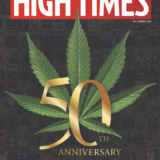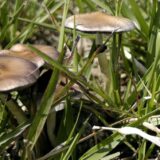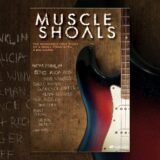“Approximately 70 percent of the labels reported THC percentages more than 15 percent higher than what was quantified through the lab.”
By Anna Schwabe, University of Colorado Boulder
Cannabis flower sold in Colorado claims to contain much more tetrahydrocannabinol, or THC, than it actually does, according to my findings published in the peer-reviewed journal Plos One.
THC is the psychoactive compound that is derived when cannabis flower—commonly referred to as “bud”—is heated through smoking or cooking.
Why it matters
Accurate THC reporting is a linchpin for medical patients, recreational consumers and the overall integrity of the cannabis industry. Medical and recreational flower is generally the same—the difference is in testing requirements, price, taxes and purchase limits. Misleading potency information can disrupt medical dosages, misguide recreational users and erode trust in an industry striving for legitimacy.
Consumers often associate higher THC levels in cannabis flower with superior quality, potentially leading to overpayment for products that may not meet their expectations. This misconception can also create incentives for cultivators, testing labs and dispensaries to generate higher THC numbers—whether through cultivation techniques or through testing fraud.
Additionally, testing for toxins, pesticides and total yeast and mold can also fall victim to falsification. Recent
Read full article on Marijuana Moment


















